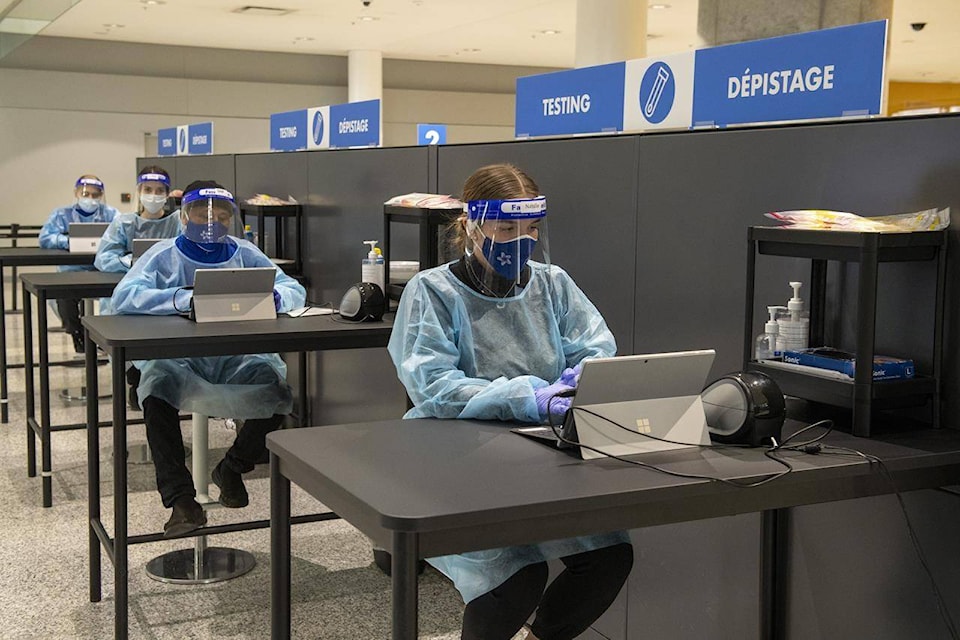Ontario is waiting for the first COVID-19 projections since a stay-at-home order came into effect two weeks ago, while the military commander overseeing Canada’s vaccine rollout has called lower-than-expected dose shipments in the coming weeks a “bump in the road.”
Canada’s most populous province has reported 2,093 new infections today and 56 more deaths linked to the novel coronavirus.
Ontario’s daily case numbers are down from where they were after the holidays and projections to be released later Thursday should give a sense of where officials see them heading.
The provincial government also announced that schools in four southern Ontario public health units will reopen for in-person learning on Monday.
In Ottawa, Maj.-Gen Dany Fortin said Canada is not receiving any doses of the Pfizer-BioNTech vaccine this week as work to expand a plant in Belgium causes a temporary supply crunch.
Fortin said Canada is to receive 149,000 doses of that vaccine over the following two weeks — one-fifth of what had previously been promised.
Pfizer is to send 335,000 doses the week of Feb. 15, which is 91 per cent of the previous delivery schedule, he added.
“This is a bump in the road — not insignificant,” Fortin told a media briefing. “But we have to look at the long game.”
Fortin said Canada is expecting 20 million doses of both the Pfizer-BioNTech and Moderna vaccines between April and June, and more if additional vaccines receive Health Canada approval.
Provincial governments decried the latest vaccine projections.
Alberta Health Minister Tyler Shandro said his government was told Thursday that the province would receive 63,000 fewer vaccines than expected in the first quarter of the year.
“The federal government is failing Canadians. This is a grim situation that seems to be getting worse every week,” he said in a statement.
Saskatchewan Premier Scott Moe said on Twitter that Ottawa had lowered its estimates for total Pfizer vaccines in-hand by the end of March from four million to 3.5 million.
“Saskatchewan’s health-care workers are doing a great job of administering vaccines, when we get them. We are a leader in the country in vaccines delivered per capita,” he wrote.
“But we can’t vaccinate people when we aren’t getting vaccines and when we aren’t getting accurate information from the federal government.”
Fortin said the government had given the provinces more conservative figures for planning purposes and has been assured by Pfizer that four million doses are on the way by the end of March.
Meanwhile, Quebec’s statistics agency reported that deaths in the province rose 10 per cent last year because of the pandemic — a jump it considers to be exceptional.
The Institut de la statistique du Quebec said the number of deaths had risen by about two per cent per year between 2010 and 2019 due to a growing and aging population.
Quebec reported 1,368 new cases of COVID-19 on Thursday, as well as 39 additional deaths.
